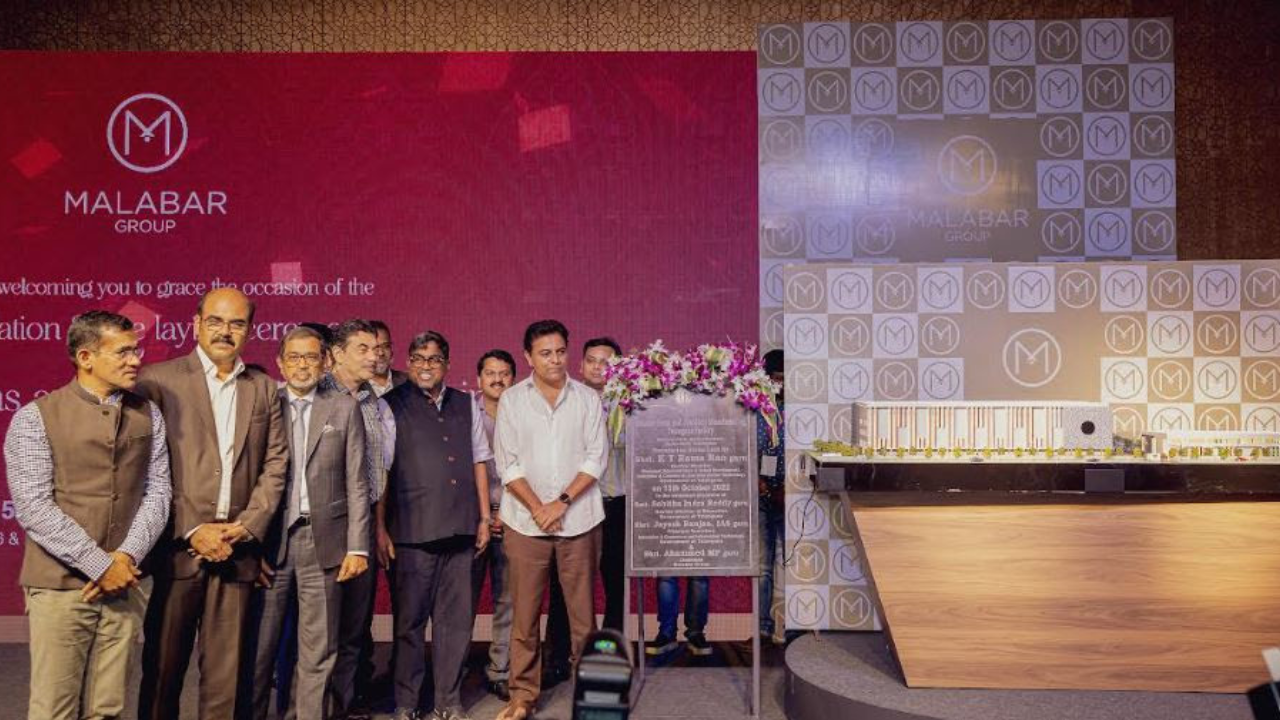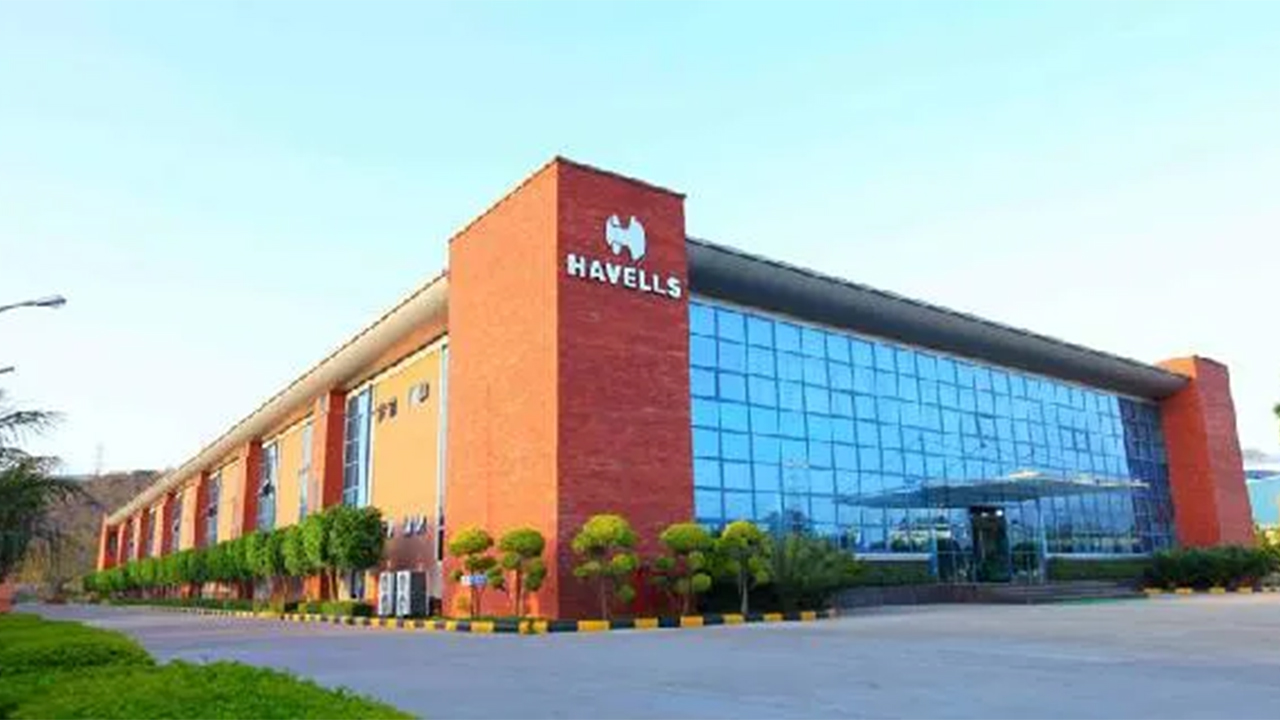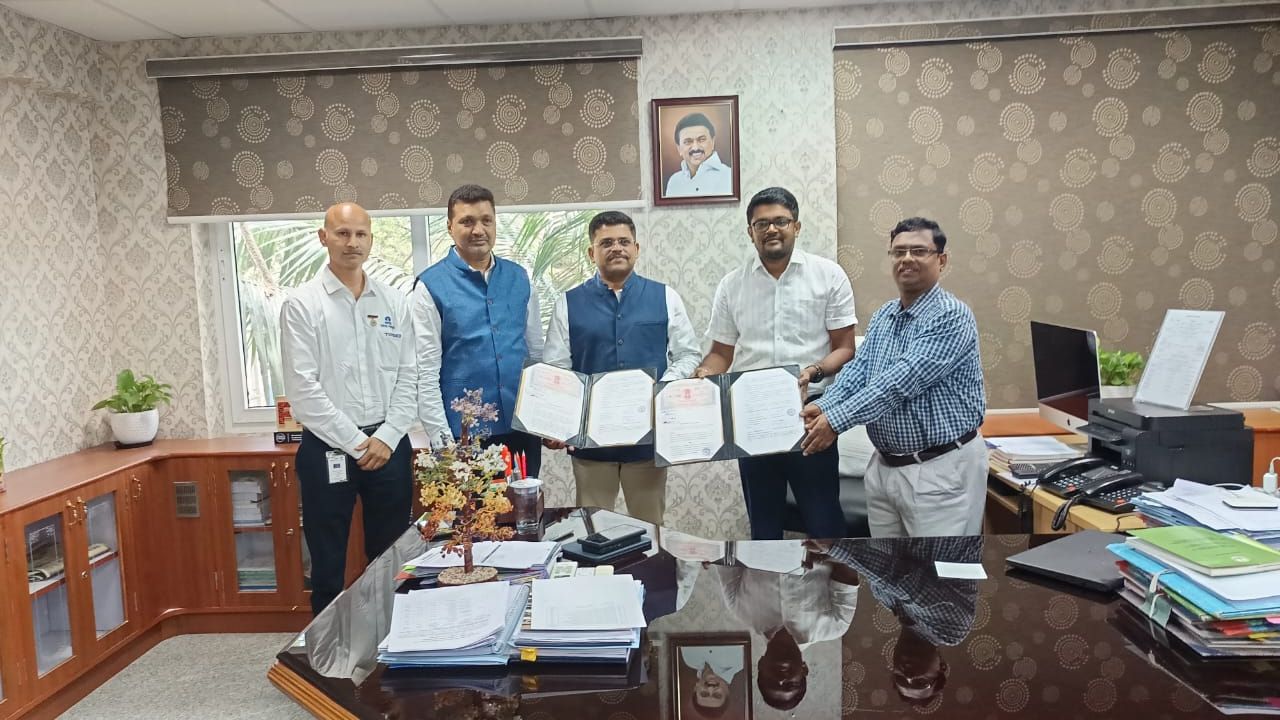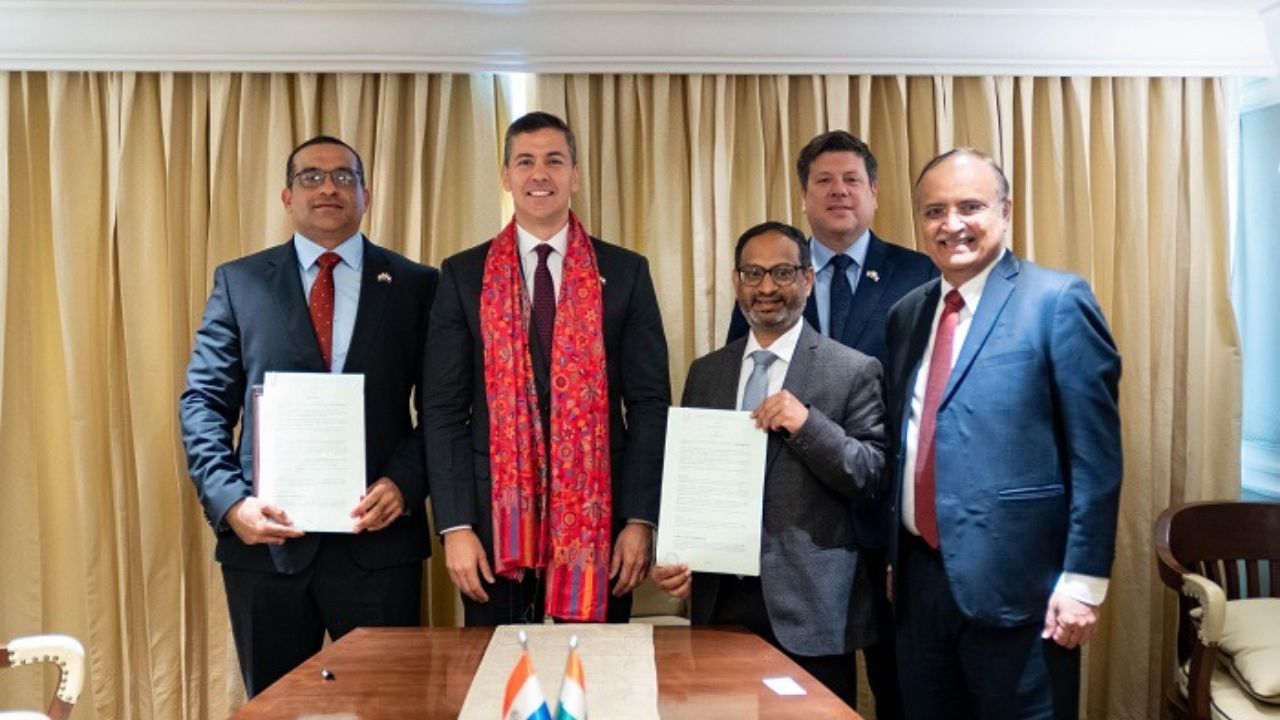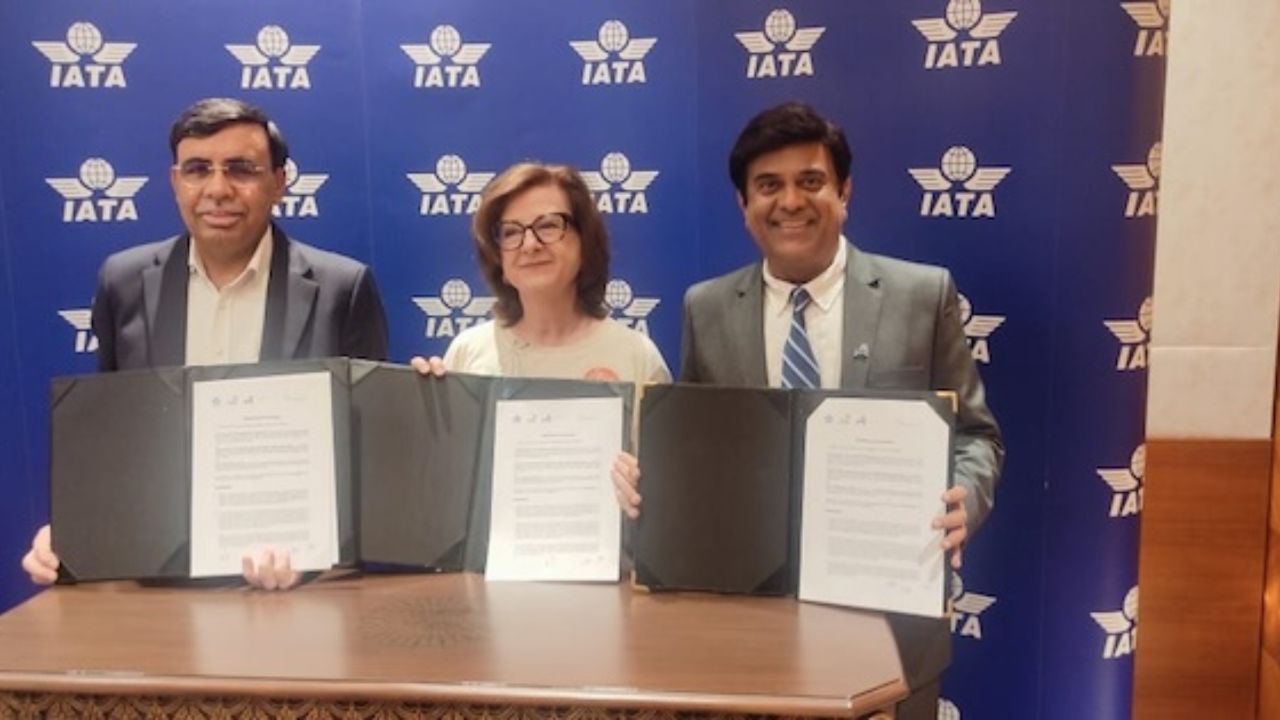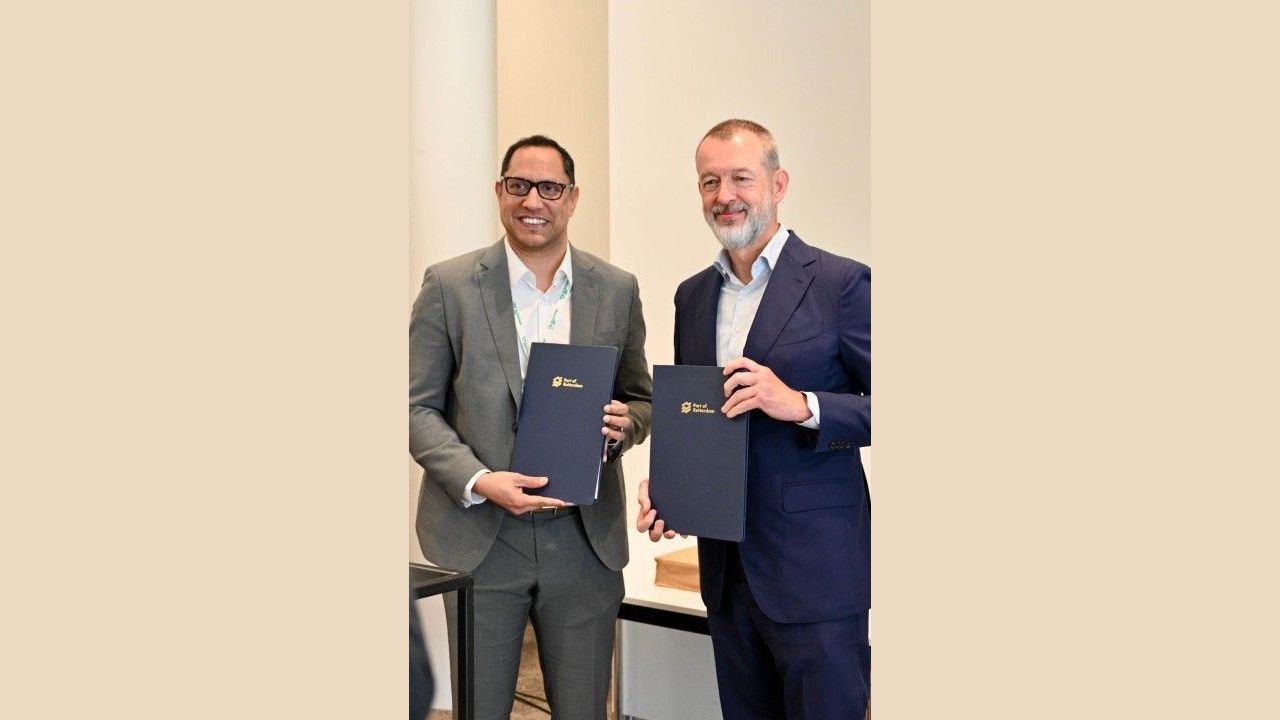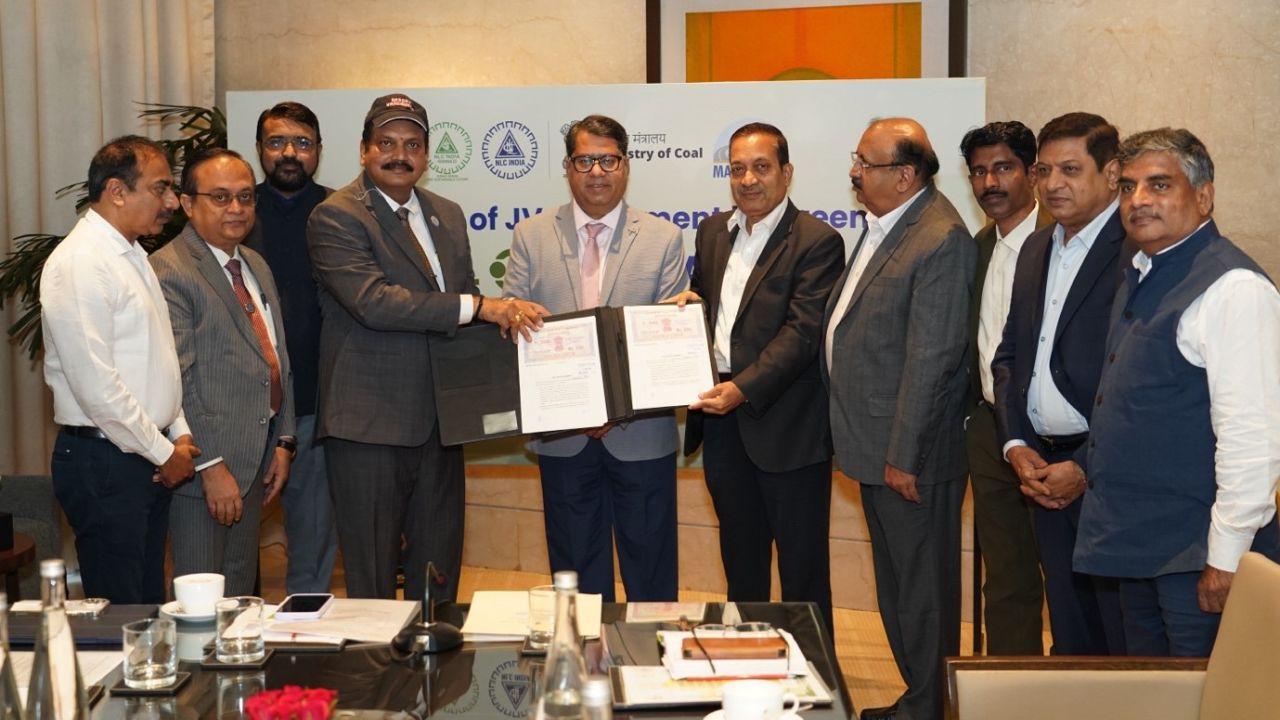KIS tells all in this exclusive interview with its Founder and CEO, K R Raghunath, as a part of the Pro MFG Sustainable Circular Economy Series – Doing Well by Doing Good, powered by BiofuelCircle.
The KIS group has a multi-national footprint across four continents in the clean energy and wastewater solutions. The company also signed an MoU with the Ministry of Petroleum & Natural Gas, Government of India for the development and implementation of 100 BioCNG projects across the country. Who better to give us hands-on sector insights?
Could you share the key industry trends you are witnessing in the bioenergy / waste-to-energy space?
We are amidst a steep uptrend in terms of demand and adoption for bioenergy. Covid-19 served as a wakeup call that pushed the world to start thinking about concrete moves towards sustainability and going green. I think that people have genuinely woken up to the fact that going green is no longer optional.
A second trend - that is actually an extension of the first - is that corporations have begun to set zero carbon footprint goals and targets. The onus is no longer simply on countries and governments to volunteer a reduction in carbon emissions. We’re seeing organisations targeting a zero-carbon footprint by 2030, 2040 or 2050. I think we can expect this upward trend to continue for the next decade.
The third trend is related to new geographies waking up to bioenergy and waste-to-energy solutions. For example, it was Europe that took the lead, America followed suit and now India is working to catch up - this is the future energy of the world and governments, businesses and investors are coming to terms with it. The pandemic certainly accelerated the adoption.
Could you apprise us of your experiences in India vis-à-vis South East Asian countries - in terms of adoption, regulatory framework for green technologies?
To be honest, South East Asia is a little bit of a laggard when it comes to the regulatory framework required for bioenergy to thrive. That's not to say that South East Asia has not awoken to the significance and relevance of bioenergy. They're talking about it and are serious about adopting it. However the regulatory framework is yet to catch up. I foresee all the moving parts (of the South East Asian regulatory framework) coming together over the next two years
Early in June 2021, an MOU was signed by KIS group with the MOPNG (Ministry of Petroleum & Natural Gas) for providing technology & to set up 100 BioCNG projects in India. Could you shed more light on this?
We are at the top end of the curve when it comes to bioenergy. We underscored the need for good tech to the MOPNG a while ago but with Covid playing spoilsport, only managed to sign the MoU in June this year.
While we are positively delighted about this development, we need to underscore that simply signing an MoU is not sufficient. Speed of approvals to drive timely implementation is also extremely important. We have experienced enthusiasm and a keenness on speed from both the PM and the Minister. We need to match the speed of industry.
What are the major challenges in the acceleration of energy transition in India to reduce dependence on fossil-fuels and how to overcome these challenges? As an entrepreneur what would you say the roadblocks are and how can they be overcome?
I think that the foremost stumbling block is the potential to not get things right in the first place. There are too many examples of failed projects out there and these instances create skepticism among investors and entrepreneurs. However, a closer look at failed projects will demonstrate a lack of research on the part of the developers. It is essential to do your homework. In most failed projects, the fault was the root cause of failure. We want to avoid a repeat of the dot com bubble. A lot of people are rushing into bioenergy without understanding it completely but knowledge and optimal tech is essential. The solution is to partner with credible players with proven work and tested technology.
Funding remains an issue despite the fact that the RBI has categorized bioenergy as "priority". The regulatory framework is honestly almost entirely in place (like I said earlier - India is far ahead of some other countries) but perhaps a push from the government will act as a catalyst for banks to increase and streamline lending for bioenergy projects. Support from petroleum companies could also act as an enabler.
The benefits need to be recognized
1. Bioenergy can create employment and encourage rural enterprise.
2. The capacity of energy production is enormous as compared to wind and solar.
3. And then there's the environmental benefits of sustainable energy and waste management
To enable all these benefits however we need funding, support and successful projects.
How is the investors' interest evolving in funding bioenergy projects?
There is a lot of interest from entrepreneurs and we hope that success stories- such as our Rajasthan project - will prompt more investment. We need positive stories to offset the failed projects. Our Rajasthan project will have a biogas plant at a complex wherein cow dung and other waste will be used to run BioCNG supply to all households. BioCNG is also more cost effective than LPG. We expect this to become a role model and an encouragement to investors.
Success stories are also essential to enabling foreign funding which we can expect going forward, as India creates some (positive) noise.
Besides success stories, the three-year investment term prives to be a bit of a problem, as does capping.
Could you highlight the types of feedstocks you are focusing on for conversion into bioenergy?
Well as you know the output is BioGas and BioCNG. The feedstock used for this can be anything but I would recommend going for low hanging fruit first, such as food waste and straw that are easier to handle. Next up one can move on to agriculture waste (that can be harnessed instead of being burnt) and then on to biowaste.
NEWSLETTER
TRENDING ON PRO MFG
MORE FROM THE SECTION



